what are you looking for?
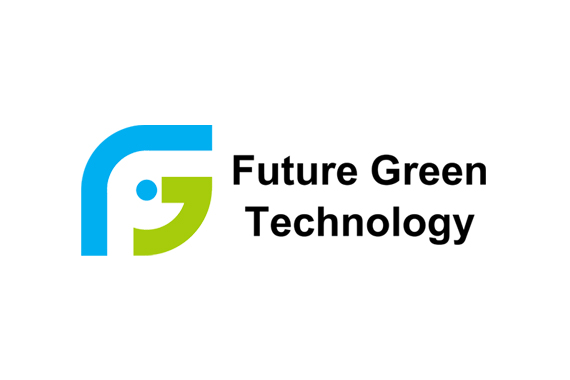 Future Green Technology Co., Ltd
Future Green Technology Co., Ltd
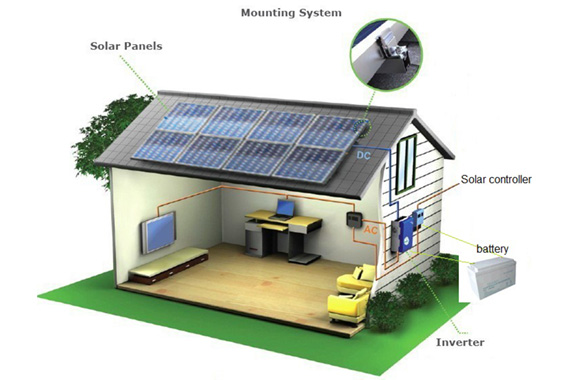 What can we do to catch this Green Bond Issue ?
What can we do to catch this Green Bond Issue ?
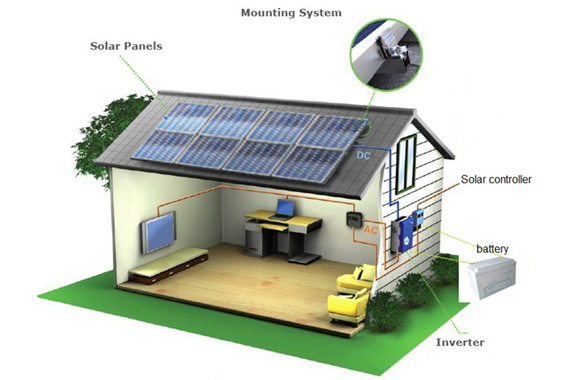 Frequently asked questions when debugging off-grid systems
Frequently asked questions when debugging off-grid systems
 Disney Green Renovation: Significantly Reduce Carbon Emissions by 2020
Disney Green Renovation: Significantly Reduce Carbon Emissions by 2020
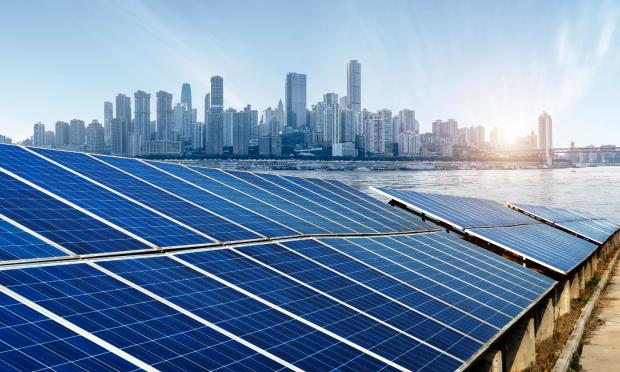 Is solar power supply in China's cities cheaper than grid power?
Is solar power supply in China's cities cheaper than grid power?
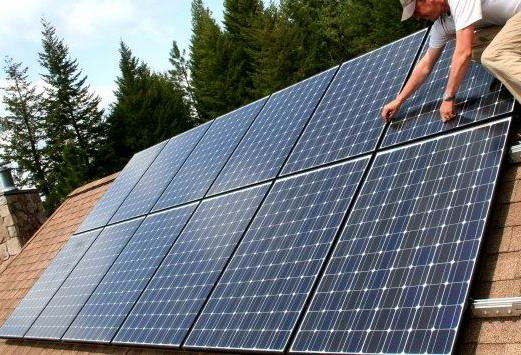 Are Solar Panels Difficult to Maintain?
Are Solar Panels Difficult to Maintain?
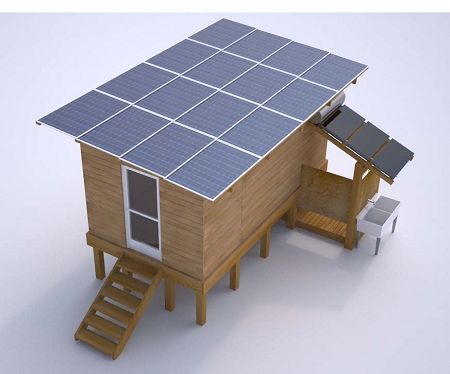 What can we get from COVID-19
What can we get from COVID-19

 Monday -Sunday: 8:00 - 24:00
Monday -Sunday: 8:00 - 24:00 No.13 Shang Zhen East RD., Taihe Town Baiyun Area, Guangzhou China
No.13 Shang Zhen East RD., Taihe Town Baiyun Area, Guangzhou China info@futuregreenbattery.com
info@futuregreenbattery.com



